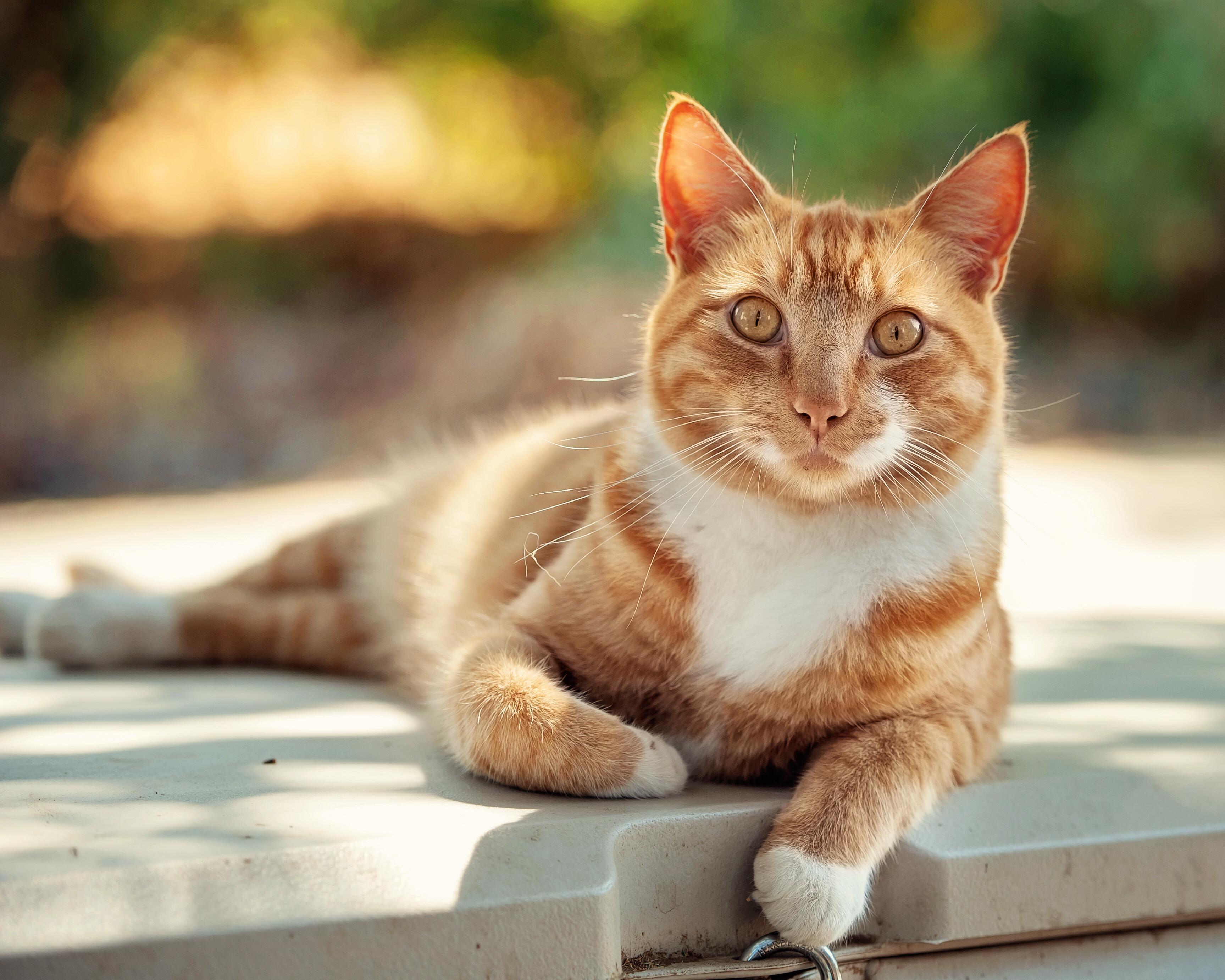Fleas and ticks love Texas weather! At TCAP, we see many animals in desperate need of flea and tick prevention. Like most preventable problems, knowledge is the best defense. If you know what to look for and how to take proper preventative steps, you and your pet can live a happy, itch-free life!
Where Do Ticks and Fleas Come From?
Animals infested with ticks and fleas easily transfer theses unwelcome guests to any pets that comes near them (fleas can jump vertically up to 7 inches and horizontally up to 13 inches). Fleas and ticks often “hitchhike” into homes on other animals, on human clothing and shoes, and on infested bedding, furniture, and rugs. Fleas and ticks also live outdoors and can easily be transferred from yard to yard. North Texas provides a perfect environment for fleas and ticks because these troublesome pests prefer warm and humid environments. Though flea and tick activity slows during our cold winter months, it is still wise to keep your pet on preventative medication because fleas or ticks that have already found their way into your home are still a threat to you and to your pet.
Consequences of Leaving Untreated
If left untreated, fleas and ticks can amount to more than just a minor irritation for your pet. Fleas can carry tapeworm larvae. If a pet swallows an infected flea, which is common while scratching or grooming, then a tapeworm can begin growing inside your pet’s intestines. Tapeworms appear as flat white grains of rice in your pet’s stool. They can be easily treated at any of TCAP’s vaccine locations, but they are often a sign that your pet has fleas or that there are fleas in your pet’s environment. Untreated fleas can also lead to anemia (a low healthy red blood cell count) and skin problems caused by consistent biting and scratching.
Ticks can carry diseases, the most common of which is Lyme disease (a bacterial disease that causes depression, swollen lymph nodes, loss of appetite, and fever). It is a good policy to regularly check your pet for ticks during warm or hot times of the year to be certain your pet is tick free. Untreated ticks can also cause blood loss, skin irritation, and anemia.
Treatment
Treating fleas and ticks often begins with vacuuming or steaming your pet’s environment. At the same time, you should also treat your yard, wash your pet’s bedding, thoroughly vacuum your carpets, and steam your curtains. It is also essential to keep your pet on an effective preventative for both fleas and ticks. TCAP now carries Bravecto, a chewable tab that protects your dog for 3 months and it comes in a topical form for cats! It is available in each of TCAP’s clinics and on TCAP’s online store ($50 for a 90-day supply!).

















